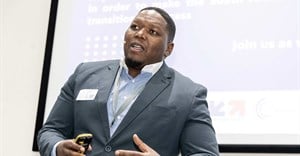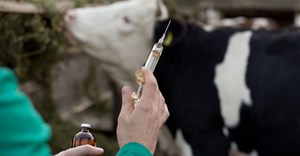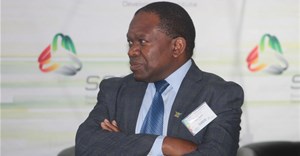Trending




 Sabre EMEA 2024 Awards: Razor PR, Retroviral top SA agenciesDanette Breitenbach
Sabre EMEA 2024 Awards: Razor PR, Retroviral top SA agenciesDanette Breitenbach Clothing brand Curve Gear opens new store in Tygervalley CentreLindsey Schutters
Clothing brand Curve Gear opens new store in Tygervalley CentreLindsey Schutters
Elections 2024
Future thinking translates into energy efficiency

“Transport is one of the largest causes of greenhouse gas emissions, particularly in South Africa, which has a high ratio of cars, taxis, buses and trains all using fossil fuels,” says Barry Bredenkamp, general manager of Energy Efficiency for the South African National Energy Development Institute (SANEDI).
“Green fuels are being developed for diesel consumers, particularly buses and electric cars are moving from drawing boards to parking lots. Electric vehicles make sense economically, again when viewed over the life cycle of the car. The initial cost is outweighed by no services and a replacement of a battery every couple of years. Already carparks are installing electric vehicle charging outlets and, what adds to their energy efficiency is that these are mostly solar powered, thus reducing electricity usage”.
The International Energy Agency (IEA) recently released its ‘Efficient World Scenario’, which highlights the potential for transport energy demand to remain flat between now and 2040, despite doubling activity levels. At an end-use level, the average passenger car could be as efficient as today’s best hybrids and over 40% of the global car fleet could be electrified. The annual rate of efficiency improvement for trucks can rise to 1.5% with current and planned policies, but in the Efficient World Scenario, the annual improvement rate could be over 2.5%. Non-road transport (aviation and shipping) could see annual efficiency improvements of 3% between now and 2040.
The next big thing
“The next big jump will be provided by LED lights. Essentially motherboards with a bulb, many of these lights are already marked as Li-Fi enabled. Li-Fi uses the light spectrum, as opposed to Wi-Fi, which uses the radio spectrum. This spectrum is already overcrowded across the world because of the rapid uptake of Wi-Fi. Li-Fi will be broader, faster and will enable anyone with an LED light to be able to connect to the world. Streetlights, traffic lights, shops, offices will all act as routers and this will change communication in ways we cannot even begin to imagine”.
“What is needed is a radical change in human behaviour – one that looks at the long term effects of purchasing an item versus the immediate costs, that weighs up our children’s air quality against coal power stations; that understands that reducing water and waste also contributes to energy efficiency,” concludes Bredenkamp.









